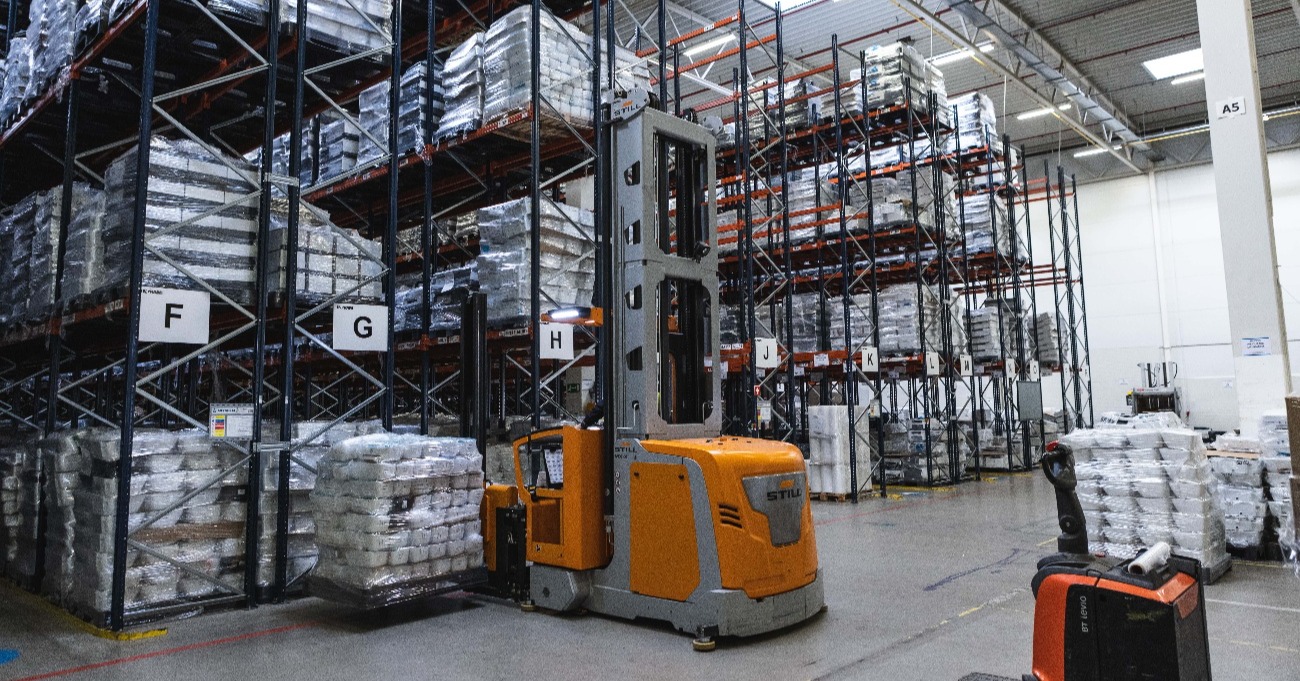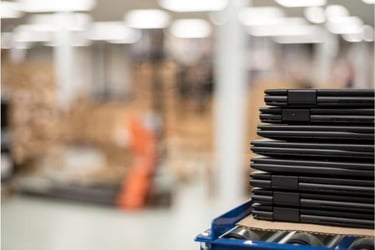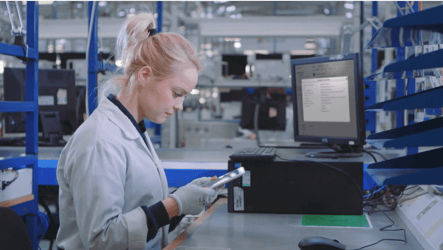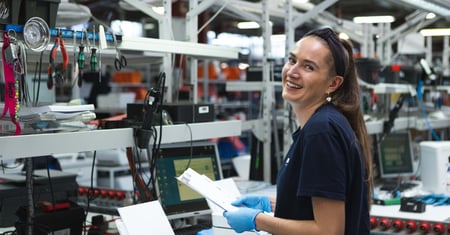Are you looking to add or improve your recommerce abilities but are struggling to build an efficient network? A robust platform and access to secondary markets is necessary to support your desired growth in recommerce.
Ingram Micro Lifecycle builds recommerce opportunities for companies around the globe. Our customers include retailers, manufacturers, leasing companies, and more. On their behalf, we seek the best secondary market prices for a variety of products from smartphones to laptops, vacuums to gaming consoles.
In this article, we set out to better position you for building and strengthening a robust network ready for recommerce opportunities for your business.
What is recommerce?
The definition of recommerce is the process of selling a used product. It could be a nearly new product or near the end of its useful life. Regardless of age, it will have had at least one previous user and so is considered second-hand. This process can also be referred to as reselling or aftermarket sales.
These products can be repaired and refurbished before sale to boost the value or sold as-is.
The recommerce market size in Europe is expected to reach €120 billion by 2025.
Associated risks of recommerce
The biggest risk to recommerce programs is depreciation. While you have the used stock sitting on your balance sheet, it’s losing value. The longer the stock isn’t sold, the more financial value it loses.
Factors affecting depreciation include the starting value, estimated lifetime, and market demand.
A successful recommerce program moves fast. The used products are received, graded, go through value uplift processes, and sold on the secondary market.
6 barriers to building and maintaining recommerce networks
Through our experience in the recommerce market, these are the main challenges we hear about and see as barriers for companies looking to build recommence networks. These stunt the building of resources and partnerships that enable successful global activity. Tips for effective practices are as follows:
1. Activity footprint
Geographic limitations can restrict the growth of your recommerce network. You can increase efficiency by increasing your physical footprint, perhaps extending through third-party providers.
Be present and active where your customers are to reduce the logistics needed in shipping assets between countries. Process in-country where possible and combine this activity with launching the used products into the secondary markets for those countries.
2. Volume
Seek the channels you need to efficiently support the volume of products you’re receiving that you need an outlet for. Be sure that your customers, operators, retailers, and OEMs are having their demands met by the supply you’re putting out there via the recommerce network.
You need a sustainable volume to satisfy your customers, but also the network to support your volume.
3. Processes and scale
Your reverse logistics process, as with the recommerce network, needs to support the volume of product returns you’re experiencing. This may mean finding a 3PL partner to support this if you don’t have the capacity or no desire to split your business focus away from its core functions.
Consistency must be demonstrated across all sites processing products. Set out a clearly defined process that starts with a broken, used, and/or dirty device. The deliverable outcome needs to be a working asset or money, depending on whether you’re uplifting the product grade or not.
Once the goods are ready, they can be reused or remarketed. Your process must be joined up and efficient.
4. Control
Different businesses will want different levels of control in defining what the recommerce process is. Decide whether you want to be hands-on or hands-off. If negotiating with a partner, be sure to hash this out in the front end of the agreement and understand what input you’ll need to have.
This may depend on what resources you have available and whether you want to shift focus from your typical business-as-usual functions. To ensure seamless integration, other areas of your business shouldn’t be negatively impacted by introducing recommerce.
5. Partners
If seeking a 3PL or recommerce partner, be sure you find one that suits your needs with the necessary capabilities and accreditations. They need to sustain consistent activities and support your volumes of product, having the appropriate footprint, resources, and expertise to do so.
For longevity, the partner should have the agility to be innovative and support upscaling, around the globe if needed.
6. Automation
This increases efficiencies and reduces human error and biases. Your products are subjected to consistent processes and one central set of requirements.
Be sure to only use automation where it makes sense. There can be a huge variance across product categories so it may not always be appropriate. Some product sets lend themselves to it. Get the right solution designed that suits your products- a custom solution rather than out of the box as one size may not fit all.
Overcome your recommerce challenges today
We’ve covered some of the common challenges faced when building recommerce networks. Failing to get over these hurdles will impact your processes. Ultimately it will stunt your ability to support the demand of and supply to recommerce customers.
At Ingram Micro Lifecycle, we offer an end-to-end reverse logistics solution that includes product grade uplift via repair and refurbishment, and recommerce. We handle everything for a seamless recommerce integration.
To find out more about how we can customize our solutions to your needs, get in touch with us today.
Related articles:
- Video: demystifying recommerce
- What is recommerce? Definition, benefits, and processes
- Issues and challenges within the refurbished market
- 5 factors that affect product depreciation
- Techniques for uplifting value on returned products
- Reverse logistics and recommerce revolution (REPORT)
- Best practices for recommerce integration














